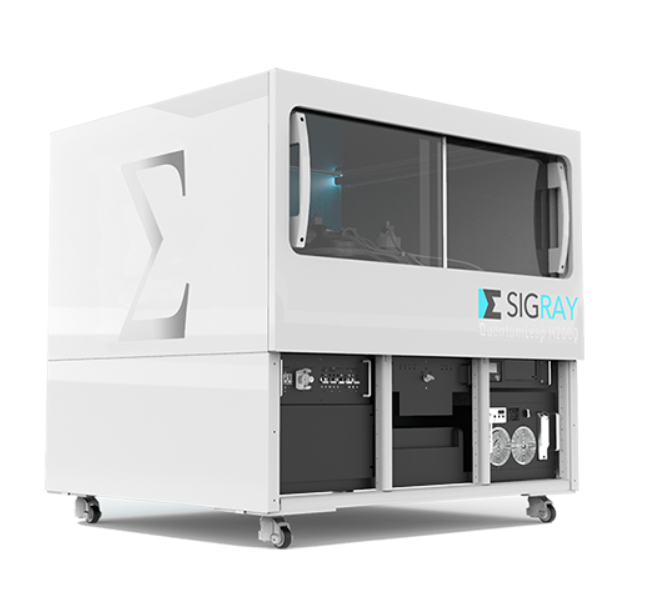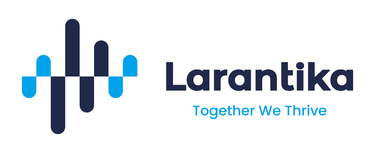
QuantumLeap-H2000
XAS Spectroscopy System First lab XAS with both transmission and fluorescence modes Wide energy from 4.5 to 25 keV
Fluorescence-mode XAS for Low Concentration Samples
X-ray absorption spectroscopy (XAS) is measured by the amount of x-rays absorbed by the sample near the absorption edge energy of an element of interest. At this resonance energy, slight differences in x-ray absorption are attributable to differences in the electronic structure (e.g., oxidation state and bond lengths). The most direct way to measure XAS is in transmission-mode, in which the number of x-rays transmitted through the sample is used to determine how absorbing the sample is to the x-ray energy. An indirect method is fluorescence-mode. Due to the absorption of x-rays, the electrons of atoms of interest are excited. Upon relaxation, fluorescence photons are produced. The total intensity of fluorescence photons is determined by how many x-rays were originally absorbed.
Both transmission and fluorescence modes of XAS produce the same spectral graphs. The difference is that fluorescence mode is superior for low concentration (<1-5%) samples while transmission mode is superior for bulk samples. QuantumLeap-H2000 can provide results on concentrations as low as 0.1 to 0.5wt%. Additionally, fluorescence mode XAS is required for samples that are thick or mounted to a thick substrate.
QuantumLeap is the only laboratory system capable of operating at low Bragg angles, which enables acquisition of a complete EXAFS from a single crystal, without requiring stitching together multiple datasets. In comparison, systems operating with high Bragg angles (e.g., 55 degrees to near-backscatter at 85 degrees) require multiple crystal analyzers to maintain adequate resolution. Operating at a high 85 degree Bragg angle can provide high energy resolution, but comes with major drawbacks for usability. For instance, a crystal rotation of 1 degree will only cover 7 eV at 4.5 keV and 39 eV at 25 keV. The same crystal can be used for the entire EXAFS range only if energy resolution is severely sacrificed. Otherwise, adequate energy resolution requires a very large number of crystal analyzers to cover a 1000 to 2000 eV bandwidth of EXAFS. Use of many crystals is disadvantageous because it does not allow for straightforward robotic exchange of crystals (instead, manual changing of crystals is required that severely slows down acquisition time) and because each acquisition must be stitched and aligned.
